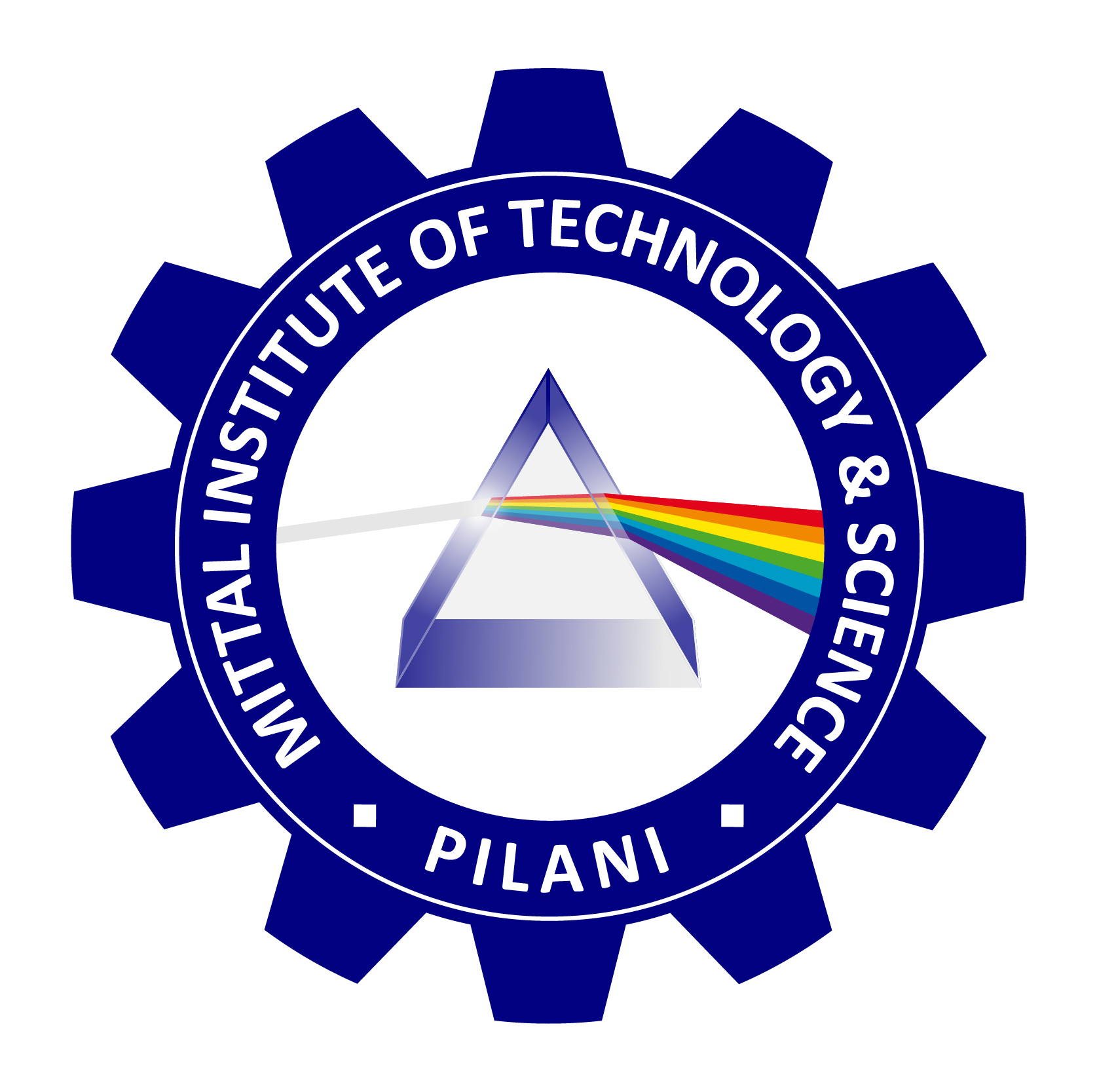
MITTAL INSTITUTE OF TECHNOLOGY & SCIENCE, PILANI
Digital Electronics
Recent Advances in Digital Electronics: Education, Research, Development, Principles, Devices, and Applications
Digital electronics is a field that plays a crucial role in modern technological advancements, influencing various industries, from communication and healthcare to automation and consumer electronics. The rapid evolution of digital electronics has paved the way for numerous applications, improved computational efficiency, and enhanced system designs. This essay delves into the recent advances in digital electronics, examining the educational landscape, research and development (R&D) trends, fundamental principles, devices, and the wide range of applications shaping the modern world.
Education in Digital Electronics
The education sector has witnessed a significant transformation in digital electronics due to the increased demand for expertise in areas like integrated circuits (ICs), microprocessors, digital signal processing, and embedded systems. Educational institutions are incorporating practical, hands-on experience to equip students with real-world skills. Virtual labs, simulation tools like MATLAB and SPICE, and FPGA (Field-Programmable Gate Arrays) programming are becoming integral to the digital electronics curriculum.
Online courses and remote learning platforms have democratized access to advanced topics such as VLSI (Very-Large-Scale Integration), quantum computing, and artificial intelligence (AI) hardware. Universities are now fostering interdisciplinary learning, where students from electrical engineering, computer science, and applied physics collaborate on projects related to digital electronics. Moreover, industry-academic partnerships are flourishing, with students gaining opportunities for internships and research projects in cutting-edge fields like semiconductor design, photonics, and wireless communication technologies.
Research and Development in Digital Electronics
Research and development (R&D) in digital electronics have seen an exponential rise in recent years, driven by the need for more powerful, energy-efficient, and miniaturized devices. Key areas of focus include:
- Moore’s Law Challenges: As the miniaturization of transistors continues to approach physical limits, R&D is exploring new materials such as graphene, molybdenum disulfide, and carbon nanotubes. These materials show promise in overcoming the limitations of traditional silicon-based transistors and enhancing the performance of digital circuits.
- Quantum Computing: While classical digital electronics relies on binary logic (0s and 1s), quantum computing introduces qubits, which can represent multiple states simultaneously. Research in quantum electronics aims to revolutionize fields like cryptography, drug discovery, and optimization problems by delivering immense computational power.
- Neuromorphic Engineering: Inspired by the human brain’s neural structure, neuromorphic computing is an emerging area where researchers are developing hardware that mimics neural networks. This approach holds potential for advanced AI applications, such as machine learning, where the efficiency and adaptability of neural processing are crucial.
- Flexible and Wearable Electronics: Advances in materials science have enabled the development of flexible, stretchable electronics, leading to new possibilities in medical devices, health monitoring systems, and wearable technologies. These devices use thin-film transistors (TFTs) and organic semiconductors to create lightweight, portable, and low-power systems.
- Photonic Computing: Using light rather than electricity to transfer data, photonic computing is being researched for its potential to drastically increase data processing speeds while reducing power consumption. This technology is particularly relevant for data centers, where energy efficiency is paramount.
Principles and Devices in Digital Electronics
Digital electronics operates on the principle of binary logic, where electrical signals represent the two discrete states of 0 (low) and 1 (high). The fundamental building blocks of digital circuits include logic gates (AND, OR, NOT, NAND, NOR, XOR, XNOR), flip-flops, multiplexers, and registers. These components are combined to form more complex systems like microprocessors, memory units, and digital signal processors (DSPs).
Recent advances in fabrication techniques, such as FinFET (Fin Field-Effect Transistor) technology and Extreme Ultraviolet Lithography (EUVL), have allowed the production of smaller, faster, and more efficient digital devices. FinFET technology, in particular, has enabled further scaling down of transistor sizes while reducing leakage currents and power consumption, making it a cornerstone of modern IC design.
Applications of Digital Electronics
Digital electronics permeates nearly every aspect of modern life, enabling advancements in various sectors:
- Consumer Electronics: Digital electronics drives the innovation in smartphones, laptops, tablets, smartwatches, and other consumer gadgets. The integration of AI, high-speed processors, and advanced display technologies (like OLED and micro-LED) has revolutionized user experiences.
- Healthcare: Digital electronics is critical in medical devices such as digital imaging systems (MRI, CT scanners), wearable health monitors, and implantable devices (pacemakers, cochlear implants). These devices enhance patient care, diagnostic accuracy, and treatment outcomes.
- Automotive Industry: The shift towards electric vehicles (EVs) and autonomous driving heavily depends on digital electronics. From power management systems and battery control units to advanced driver assistance systems (ADAS) and self-driving algorithms, digital technologies are at the core of automotive innovation.
- Telecommunications: The rollout of 5G networks and beyond has relied on advances in digital electronics. RF (Radio Frequency) components, digital signal processing, and MIMO (Multiple Input, Multiple Output) technology enable faster, more reliable communication systems, supporting IoT (Internet of Things) and smart city applications.
- Industrial Automation: Digital electronics is fundamental to the automation of factories and industrial processes. Programmable Logic Controllers (PLCs), robotics, and smart sensors enable efficient, accurate, and scalable production lines, driving the growth of Industry 4.0.
- Aerospace and Defense: Advanced avionics systems, radar technologies, and satellite communications rely on digital electronics to ensure high performance and reliability in demanding environments. In defense, digital electronics power sophisticated weapon systems, surveillance, and unmanned aerial vehicles (UAVs).
The field of digital electronics continues to evolve, with significant advances in education, research, development, and applications across multiple industries. As the world becomes more interconnected and reliant on digital technologies, the need for innovation in areas like quantum computing, AI hardware, and flexible electronics grows ever more pressing. By fostering collaboration between academia, industry, and government, society can ensure that digital electronics continues to drive progress in science, engineering, and everyday life, addressing challenges and unlocking new possibilities for the future.

Professor Rakesh Mittal
Computer Science
Director
Mittal Institute of Technology & Science, Pilani, India and Clearwater, Florida, USA
